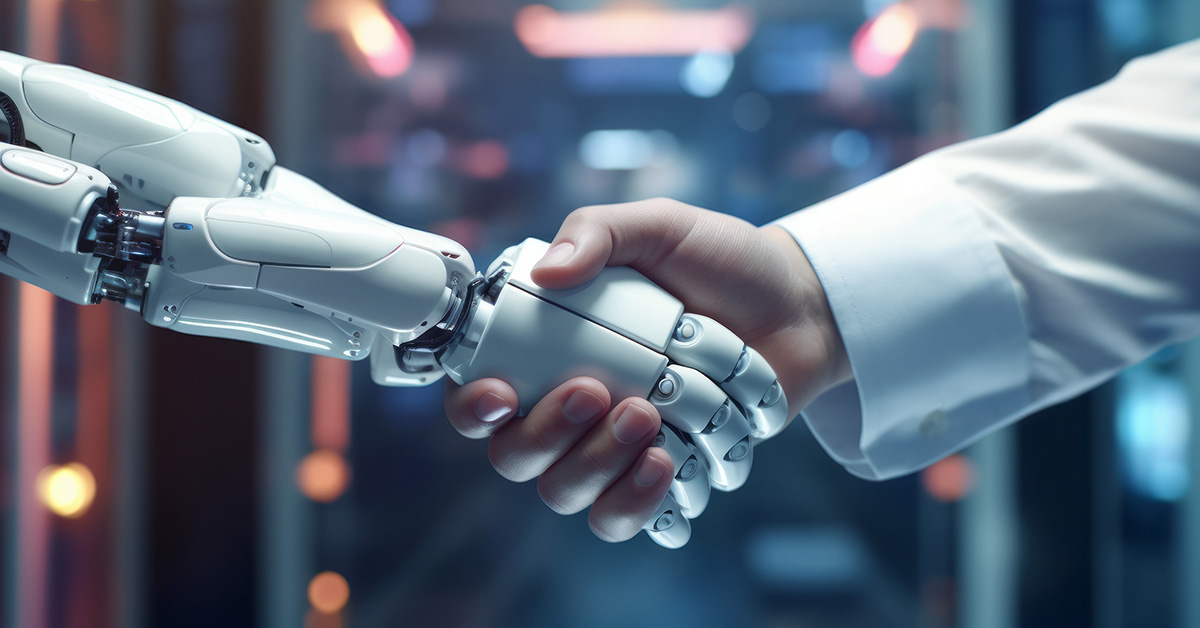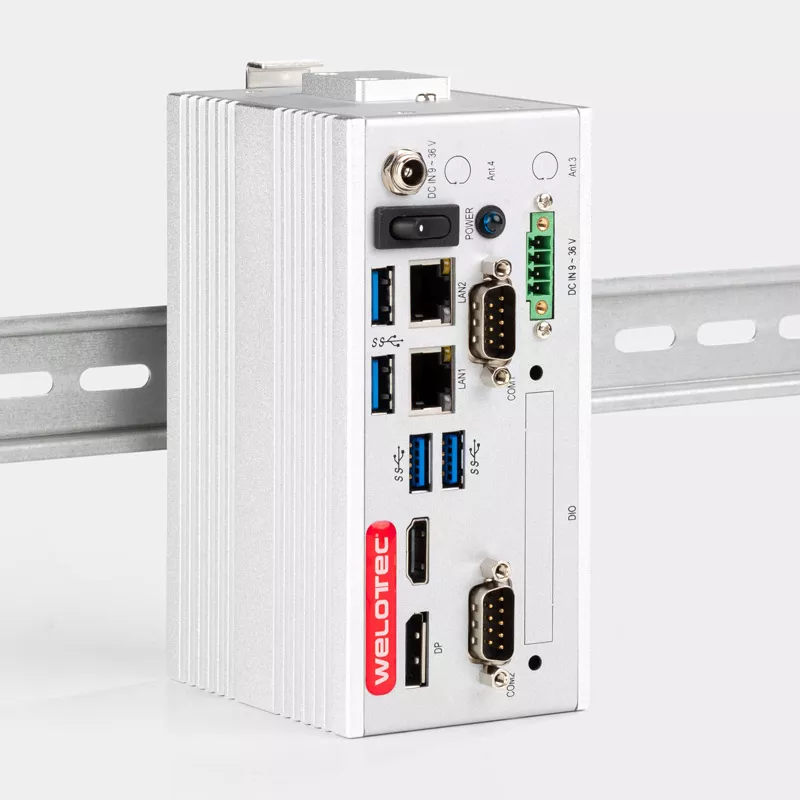In the ever-evolving landscape of work, one concept is emerging as a potential game-changer: collaborative robots, or cobots. These intelligent machines, designed to work alongside humans, are revolutionizing productivity trends across industries. As we delve into the world of cobots, we uncover not only their technical intricacies but also their profound impact on the future of work.
Understanding Cobots
Cobots, short for industrial collaborative robots, represent a new era of automation. Unlike traditional industrial robots, which often operate in isolation, cobots are designed to interact and collaborate with human workers. They are equipped with advanced sensors and algorithms that enable them to adapt to dynamic environments and perform a wide range of tasks. Cobots are also characterized by their flexibility and ease of programming, allowing them to be quickly deployed and reconfigured to meet changing demands in the workplace.
The Current State of Work
Before delving into the role of cobots in shaping productivity trends, it’s essential to understand the challenges facing the current workforce. Traditional labor practices are often plagued by inefficiencies, safety concerns, and limitations in scalability.
Moreover, the rise of automation has led to fears of job displacement and economic instability. In this context, cobots offer a promising solution by augmenting human labor rather than replacing it entirely. By collaborating with cobots, human workers can focus on tasks that require creativity, problem-solving, and emotional intelligence, thereby enhancing overall productivity and job satisfaction.
Cobots in Action
Across industries, from manufacturing to healthcare, cobots are already making their mark. In factories, cobots work alongside human workers to streamline production processes, increasing efficiency and reducing errors. For example, for cobots in car manufacturing, tasks such as assembly, welding, and quality inspection are automated.
In healthcare settings, cobots assist surgeons in performing delicate procedures with precision and accuracy, leading to better patient outcomes. Additionally, cobots are being deployed in logistics and warehousing to automate tasks such as picking, packing, and sorting, thereby improving efficiency and reducing operational costs.
Cobots and Productivity Trends
The integration of cobots into the workforce has led to significant improvements in productivity. By automating repetitive and mundane tasks, cobots free up human workers to focus on more complex and creative endeavors. Moreover, cobots can work around the clock without fatigue, leading to round-the-clock productivity gains. According to a report by the International Federation of Robotics, cobots are projected to drive a 15% increase in global productivity by 2030. This productivity boost is expected to result in substantial economic growth and job creation across industries.
Human-Cobot Collaboration
One of the critical advantages of cobots is their ability to collaborate seamlessly with human workers. Unlike traditional robots, which require specialized programming and safety barriers, cobots can work side by side with humans without posing a safety risk. This collaboration enhances efficiency and flexibility in the workplace, as cobots can adapt to changes in production demands and work alongside human workers in close proximity. Moreover, cobots can be programmed to learn from human behavior and improve their performance over time, leading to continuous optimization of workflows and processes.
The Future Landscape of Work
Looking ahead, the future of work is undoubtedly intertwined with the proliferation of cobots. As technology continues to advance, we can expect to see cobots playing an increasingly prominent role in various industries. From small businesses to large corporations, cobots have the potential to transform the way we work by enabling greater efficiency, flexibility, and innovation. According to a study by McKinsey & Company, the adoption of cobots could lead to a 20% increase in productivity and a 25% reduction in operational costs across industries by 2030.
Challenges and Opportunities
While the benefits of cobots are clear, there are also challenges that must be addressed. Concerns about job displacement and the ethical implications of automation must be carefully considered. However, there are also opportunities for upskilling and reskilling workers to adapt to the changing demands of the workforce.
By investing in training programs and education initiatives, organizations can ensure that workers are equipped with the skills and knowledge needed to thrive in a collaborative work environment. Moreover, by promoting a culture of innovation and lifelong learning, organizations can empower workers to embrace new technologies and adapt to emerging trends in the workplace.
Ethical and Societal Considerations
As we embrace the potential of cobots, it’s crucial to ensure that their deployment is guided by ethical principles. Issues such as algorithmic bias and discrimination must be addressed to ensure that cobots contribute to a fair and inclusive workforce. Additionally, efforts should be made to ensure equitable access to cobot technology for all, regardless of socioeconomic status or geographical location. By promoting transparency, accountability, and inclusivity in the development and deployment of cobots, we can create a future where humans and machines collaborate harmoniously to achieve greater efficiency and innovation.
Conclusion
In conclusion, cobots represent a significant paradigm shift in the future of work. By combining the strengths of human workers with the capabilities of intelligent machines, cobots have the potential to revolutionize productivity trends and reshape the way we work. However, it’s essential to approach their integration thoughtfully, considering the ethical, societal, and economic implications. Ultimately, by harnessing the power of cobots responsibly, we can create a future where humans and machines collaborate harmoniously to achieve greater efficiency, innovation, and prosperity for all.


